
Light Needs

Mature Height

Mature Spread

Growing Zones
Sundial is a native Lupine in the Northwest of the UNited States. This native has successfully naturalized in many parts of North America and could easily be at home in your garden. The pale lavender blue flowers rise up in great masses above the medium green long-lived foliage. Sundial is very impressive when planted in large groups as part of a meadow planting or in the sunniest spot in a Cottage Garden.
Sundial Wild Lupine is a true herbaceous perennial. It dies back completely in the winter and emerges early in the spring with strong stout leaf stems. Native Lupines are great wildlife attractors, providing nectar from the flowers and seeds later in the summer. The lush foliage also gives small animals and birds needed shelter in the garden. Lupines are naturally deer and rabbit resistant and have very few pests and diseases.
Sundial Wild Lupine Care
All lupines require a soil that has excellent drainage while being moisture retentive. Using an annual mulch of organic compost or leaves will help your soil to achieve this. A site in full sun that has average to sandy soil is perfect for Lupine to produce its largest blooms. Native plants tend to not need much supplemental fertilization and in the case of Lupine, extra fertilizing is not recommended. In fact, Lupinus is in the Legume family which also includes peas and beans. Legumes are Nitrogen fixing plants. They take nitrogen from the air through their leaves and send it down to the root system which converts the element into nodules. The Nitrogen nodules feed the soil and the plants. Over fertilizing produces too much lush foliage that attracts aphids in large amounts.
Sundial Lupines will keep producing blooms if deadheaded on a regular basis. Lupines begin to naturally die back at the end of the summer. Cutting the foliage down to 6 inches above the soil will help to keep the plant tidy. Lupines multiply by setting seeds in the fall. New plants can be left to naturalize an area or be transplanted to a different spot while they are small in the spring.
Sundial Wild Lupine Spacing
Sundial Lupine has a mature height of 2-3 feet and a width of 15-18 inches. Spacing Lupines at 18 inches on center will ensure that the plants have enough air circulation and also provide space for naturalization by setting seed.
Sundial Wild Lupine Information
| USDA Hardiness Zones: 3 - 8 |
| Plant Type: |
| Light Exposure: Full Sun (At Least 6 Hours Of Direct Sunlight) |
| Mature Height: 2 - 3 Feet |
| Mature Spread: 15 - 18 Inches |
| Spacing: 15 - 18 Inches |
| Habit: Upright |
| Flower Color(s): Purple |
| Flower Description: |
| Bloom Period: Late May into July |
| Foliage Type: Herbaceous |
| Foliage Color(s): Green |
| Foliage Description: |
| Seasonal Interest: Summer Flowering |
| Watering: Average |
| Resists: Deer |
| Tolerates: Drought |
| Attracts: Birds, Butterflies, Hummingbirds |
| Container Role: |
| Uses: Borders, Containers, Mass Planting, Wildlife Gardens |
| Features: Attracts Pollinators, Cut Flowers, Low Maintenance, Native to North America |
| Brand: American Beauties Native Plants |
| Common Name: Sundial Wild Lupine |
| Other Name(s): |
| Scientific Name: LUPINUS PERENNIS (BLUE) |
Simple Plant Spacing Calculator
Please Note: The pictures below are to give a general representation of the different container sizes. The actual size/ages of plants are estimates and will vary based on type of plant, time of year, last pruning & many other factors.
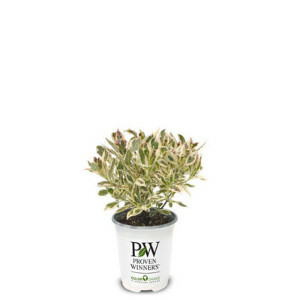
Also Known As:
Quart
Plant Age:
~ 6 months - 1 year
Plant Size:
~ 4"-8"
Pot Size:
~ 4.75"H x 4.5"W
Volume:
1.50 quarts
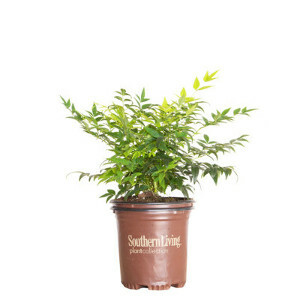
Also Known As:
2.5 Quart Pot
Plant Age:
~ 1 - 2 years old
Plant Size:
~ 8"-12"
Pot Size:
~ 6.5"H x 6.5"W
Volume:
2.20-2.30 quarts
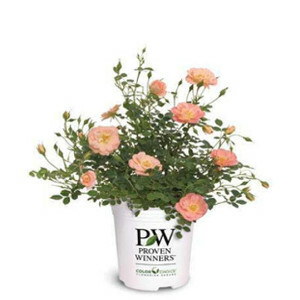
Also Known As:
#1 Container
1 Gallon
Plant Age:
~ 1 - 2 years old
Plant Size:
~ 10"-14"
Pot Size:
~ 7"H x 7.75"W
Volume:
2.26-3.73 quarts
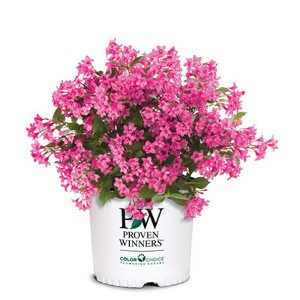
Also Known As:
#2 Container
2 Gallon
Plant Age:
~ 1.5 - 3 years old
Plant Size:
~ 12"-18"
Pot Size:
~ 9.5"H x 9.5"W
Volume:
1.19-1.76 gallons
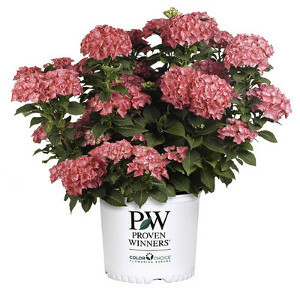
Also Known As:
#3 Container
3 Gallon
Plant Age:
~ 2 - 4 years old
Plant Size:
~ 12"-30"
Pot Size:
~9.5"H x 11"W
Volume:
2.32-2.76 gallons

Also Known As:
#5 Container
5 Gallon
Plant Age:
~3-4 years old
Plant Size:
~ 20" - 60"
Pot Size:
~11" H x 10 1/2” W
Volume:
3.5 - 4 gallons

We stand behind our plants with industry-leading guarantees to give you peace of mind.
We want your plants to arrive in great condition! If you notice any issues upon delivery, contact us within 3 days.
Starting January 1, 2026 all bushes, perennials & trees purchased come with an extended 1-year warranty for added confidence. If your plant dies due to a health issue within a year, we’ll make it right.

Pre-ordered plants are scheduled to ship in Spring 2026. We carefully plan our shipping dates based on your USDA Plant Hardiness Zone to ensure optimal planting conditions upon arrival. Want it sooner/later? Reach out, and we'll try our best to accommodate.
Estimated ship week for pre-ordered plants will ship based on growing zones as shown below.
| Growing Zone | Estimated Ship Week |
|---|---|
| Zone 10 | March 30th |
| Zone 9 | March 30th |
| Zone 8 | April 6th |
| Zone 7 | April 13th |
| Zone 6b | April 20st |
| Zone 6a | April 27th |
| Zone 5b | May 4th |
| Zone 5a | May 11th |
| Zone 4 | May 18th |
| Zone 3 | May 25th |
Note: These are only estimated ship dates. Plants may ship out later depending on weather & growing conditions of the plant.
Note: Only plants indicated as pre-order will ship as shown above. All other plants and hard goods will ship as normal.
Plants that are currently in stock typically ship within 2-7 business days after your order is placed.
Plant Addicts ships to the lower 48 states within the U.S. Unfortunately, we do not currently ship to Alaska, Hawaii, or internationally.
This plant cannot be shipped to the following states: AK, HI. These restrictions apply only to this specific plant due to agricultural regulations or other limitations. Other plants may still be available for shipping to these states.
If you have any questions about shipping restrictions, feel free to reach out to our team!

